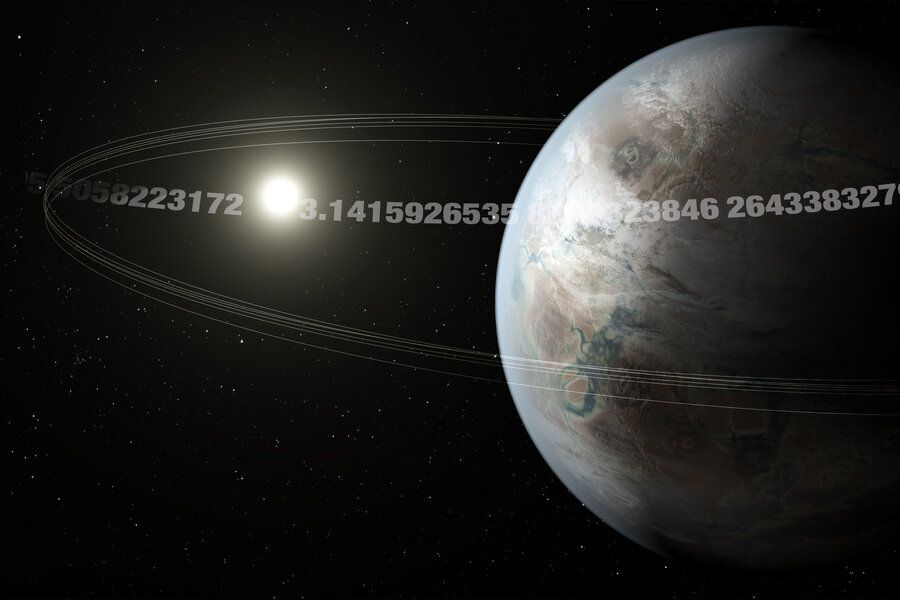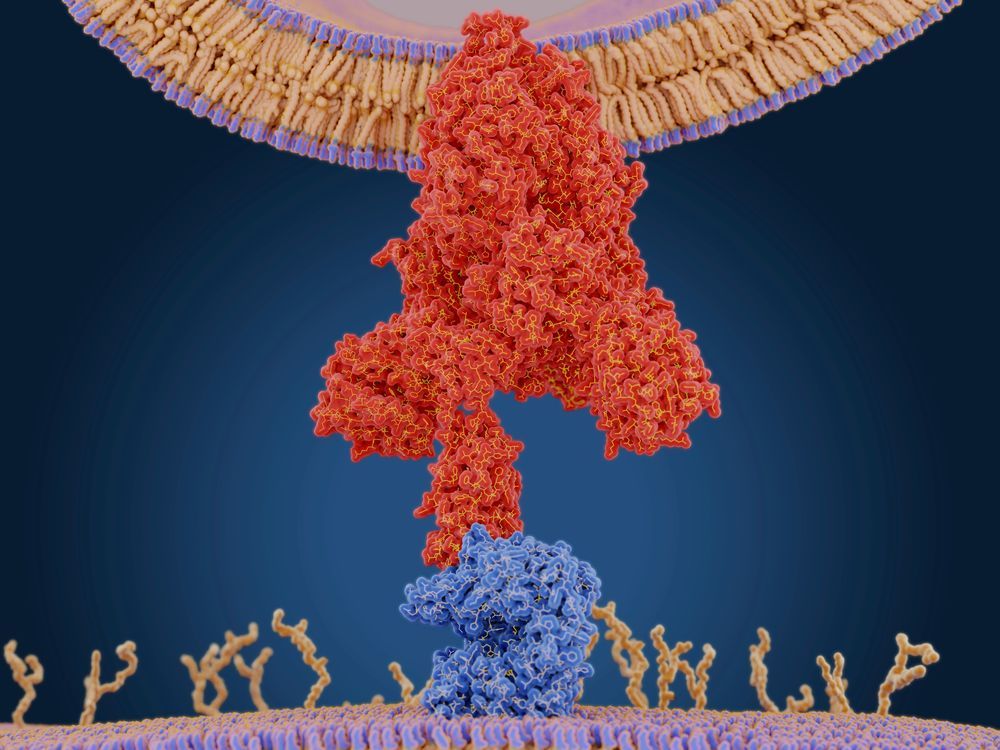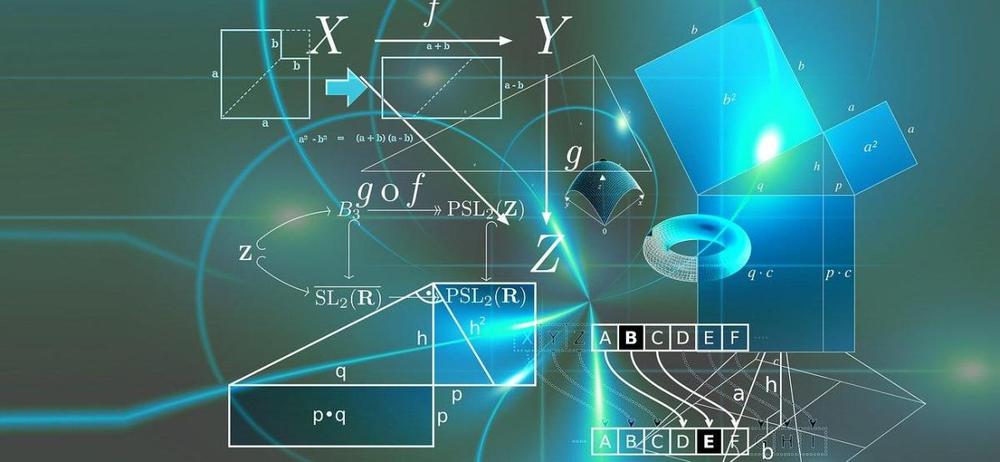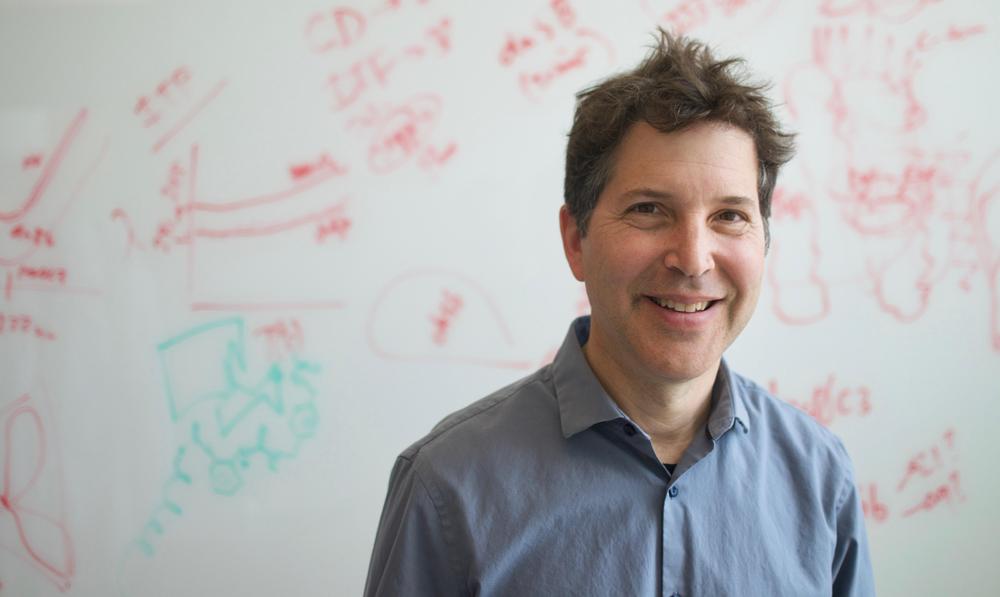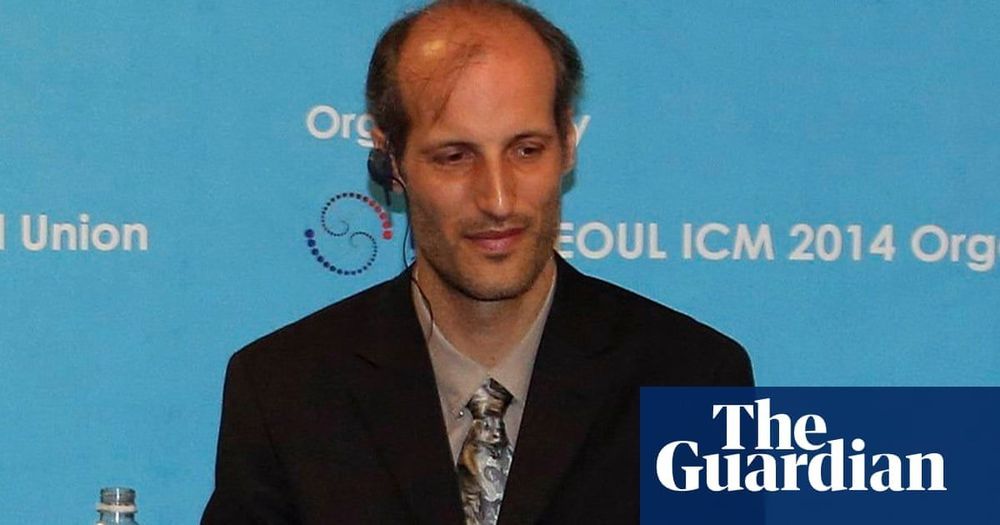In the sixties of the previous century, the science of Cybernetics emerged, which its founder Norbert Wiener defined as “the scientific study of control and communication in the animal and the machine.” Whereas the cyberneticists perhaps saw everything in the organic world too much as a machine type of regulatory network, the paradigm swapped to its mirror image, wherein everything in the natural world became seen as an organic neural network. Indeed, self-regulating networks appear to be ubiquitous: From the subatomic organization of atoms to the atomic organization of molecules, macromolecules, cells and organisms, everywhere the equivalent of neural networks appears to be present.
#EvolutionaryCybernetics #CyberneticTheoryofMind #PhilosophyofMind #QuantumTheory #cybernetics #evolution #consciousness
“At a deep level all things in our Universe are ineffably interdependent and interconnected, as we are part of the Matryoshka-like mathematical object of emergent levels of complexity where consciousness pervades all levels.” –Alex M. Vikoulov, The Syntellect Hypothesis.
